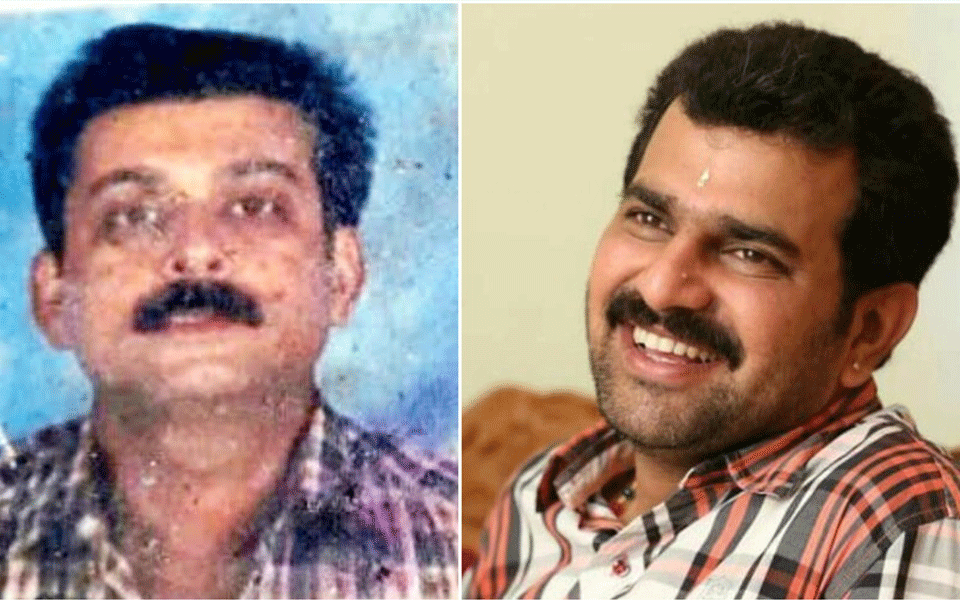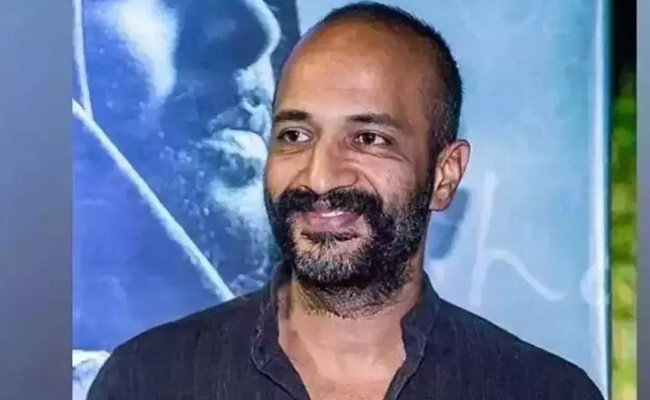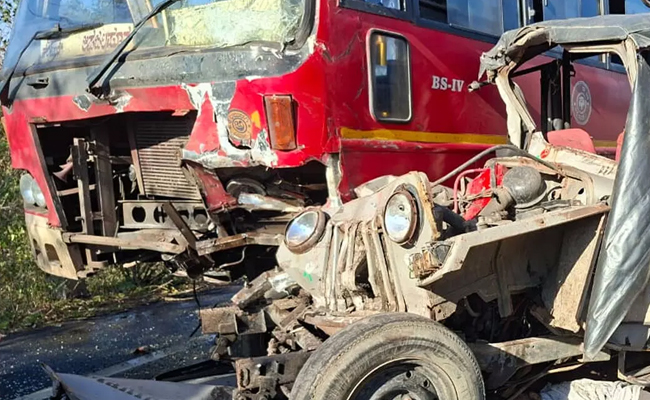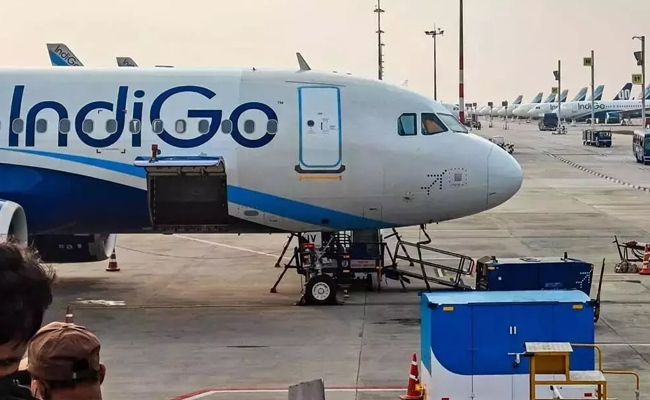Mangaluru, October 30: As the Supreme Court has denied permission for conducting narco-analysis on Naresh Shenoy, the main accused in RTI activist Vinayaka Baliga murder case, Advocate Ravindra Kamath who is arguing in favour of Baliga family in the Supreme Court, said that he would file a review petition before the court to reconsider the narco-analysis application to know the truth in the case.
“The Supreme Court has taken the application filed by the Baliga family seeking narco-analysis of Naresh Shenoy, the main accused in the case as per the FIR in the Baliga case, for hearing. In 2010, the Supreme Court Full Bench had given a verdict Selvi versus Karnataka State case that conducting narco-analysis test much against to the wish of the accused would be the violation of human rights. In view of that verdict, the Supreme Court Bench has denied permission to conduct narco-analysis test on Naresh Shenoy. But in such cases, how could the truth be uncovered if every accused declined to undergo narco-analysis test? So, he would file a review petition before the SC”, Kamath told Varthabharati.
Why do they fear for narco-analysis test?
“Why the people are hesitating to undergo narco-analysis test if they have not done anything wrong in Vinayaka Baliga murder case? After one stage of investigation, the case is almost in the state of suspension. So, the investigation should be completed. In view of this, they have decided to file a review petition. The Supreme Court has not given permission for narco-analysis test keeping the Selvi versus Karnataka case. But in the Sheena Bora case, the SC had given permission for narco-analysis test. The complete investigation into the Vinayaka Baliga murder case was not done. They have filed an application seeking reinvestigation into the case. But the SC asked why? The SC should be apprised of the need to conduct reinvestigation, Narendra Nayak, who is fighting legally in this case said.
Vinayaka Baliga murder case
Social activist and RTI activist Vinayaka Panduranga Baliga was hacked to death near his house on March 21, 2016. Vinayaka Baliga raised the issue of misappropriation of funds in the Sri Venkataramana Temple, coming under the Kashi Mutt in the city. He had moved the court regarding the issue. After a few days later, he was murdered. Then Mangaluru City Police Commissioner-led police investigating team conducted the investigation into the murder case and identified Namo Brigade leader Naresh Shenoy as the main accused in the case and filed an FIR. But at that time, Naresh who was the active volunteer of Kashi Mutt and Sri Venkataramana Temple was absconding. Later, the police arrested him. But he was granted conditional bail.
Let the Truth be known. If you read VB and like VB, please be a VB Supporter and Help us deliver the Truth to one and all.
Bengaluru: Pan India Actor Kishore Kumar has criticised what he calls an attempt to use the national song Vande Mataram for political gain by dividing people on religious lines.
On Thursday, he posted on Facebook a picture of Prime Minister Narendra Modi speaking in the Lok Sabha, with the caption ‘Jai Shri Ram to Vande Mataram.’ In his post, Kishore said the song, which once energised the freedom movement and united people across India, was now being turned into a tool for political advantage.
ALSO READ: Bangladesh to vote on February 12, first poll after PM Hasina's ouster
He wrote that expressions once used to welcome others with love were being taken over and converted into war cries and weapons of hatred, especially against Muslims. Just as this shift happened, he said, those in power who had no role in the freedom struggle and had no hesitation in selling what true patriots created, were now trying to appropriate a song used by freedom fighters.
Kishore also said many serious issues such as the falling value of the rupee, the state of the economy, weakening democratic institutions, what he called false GDP claims, unfulfilled promises to farmers, healthcare challenges, unemployment, situations in Manipur and Ladakh, and the arrests of scientists and scholars were being ignored.
According to him, the government had shown that it was unable to deal with real problems. He said their only approach now was to divide people and distract them, expressing his frustration over the current political climate.





